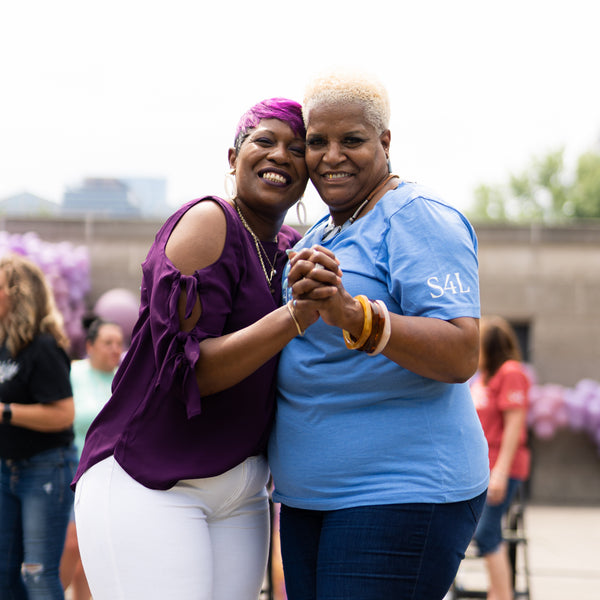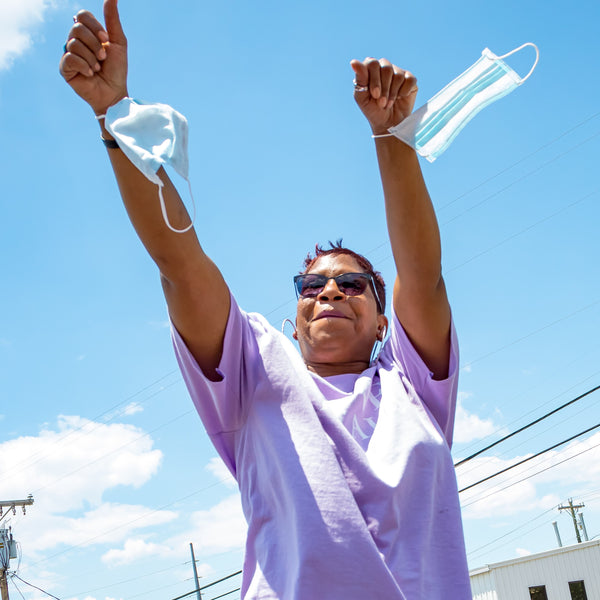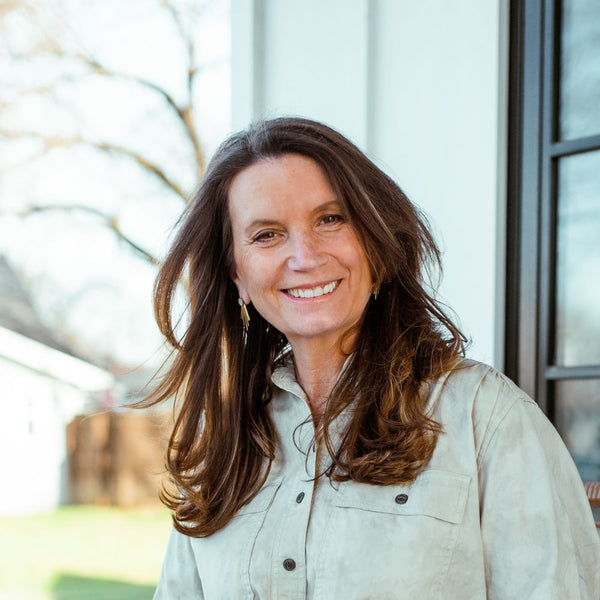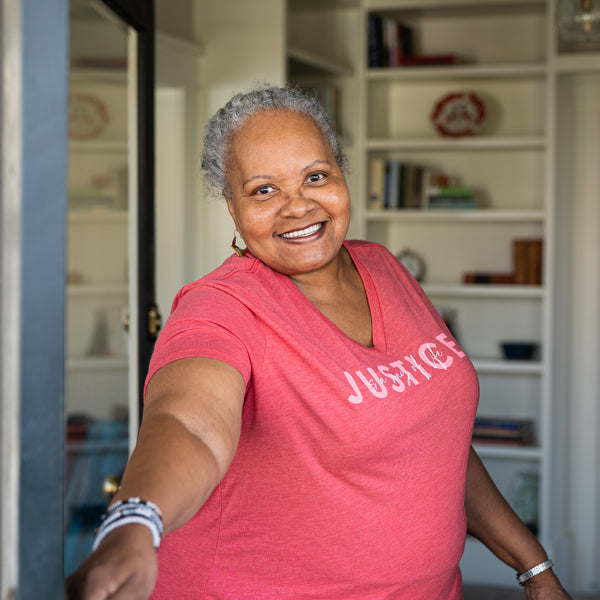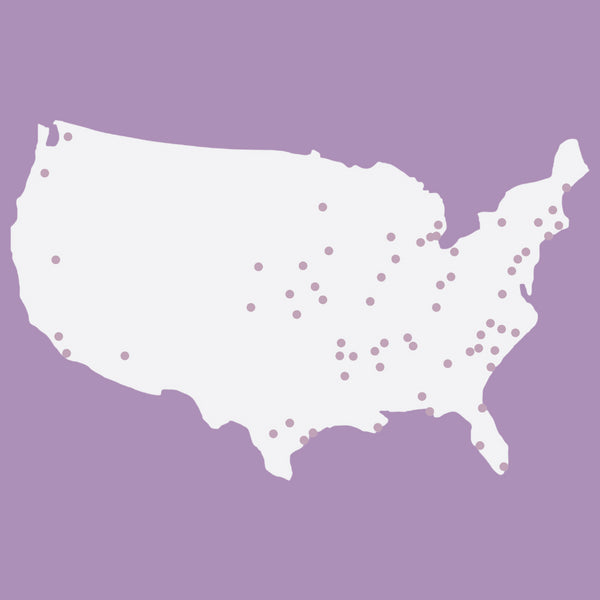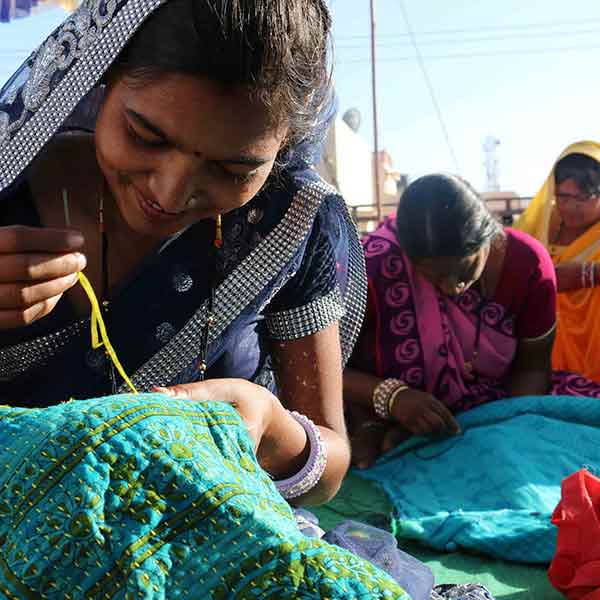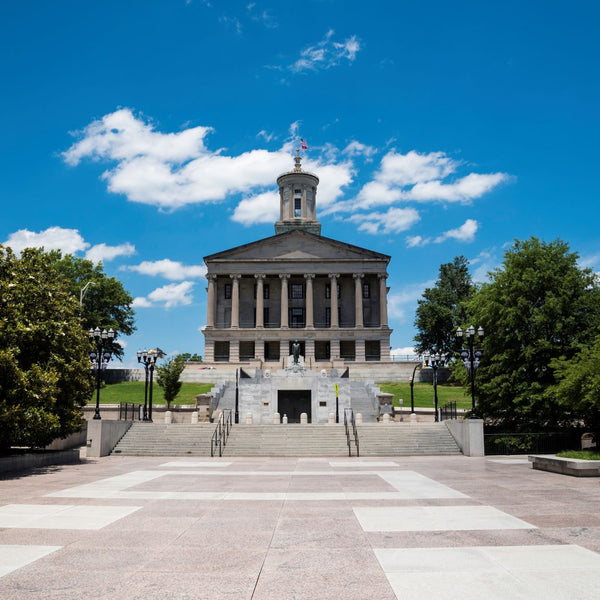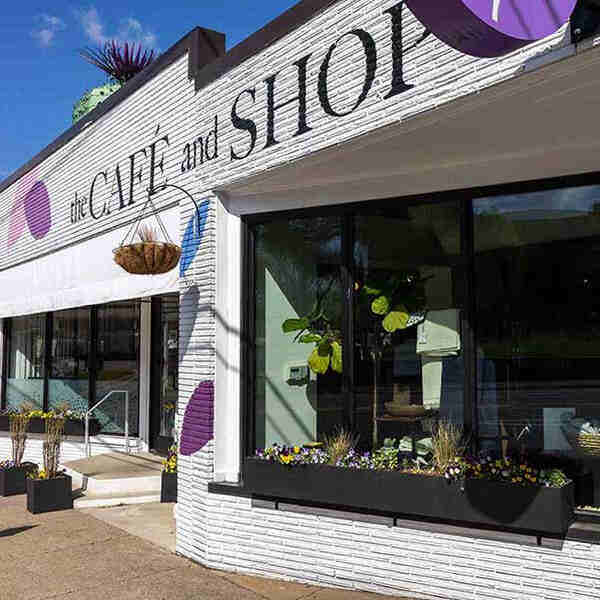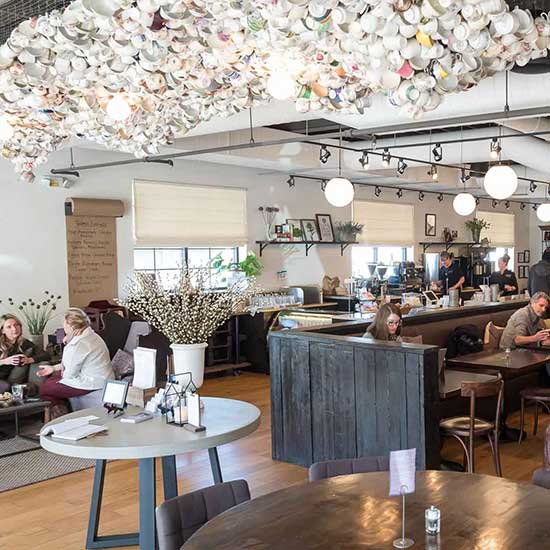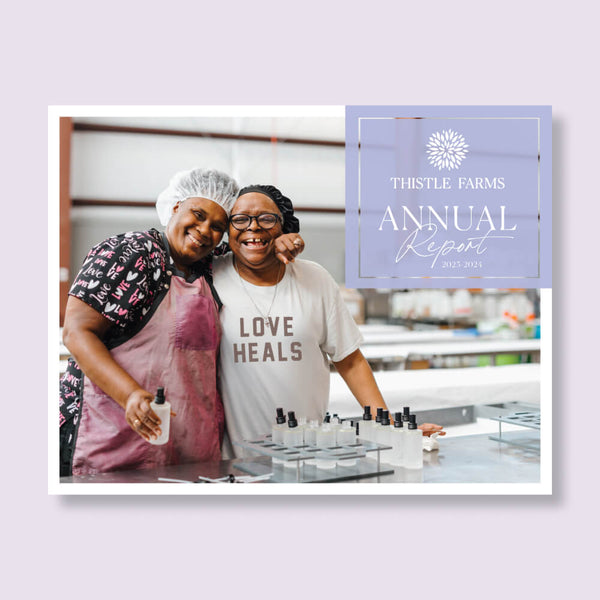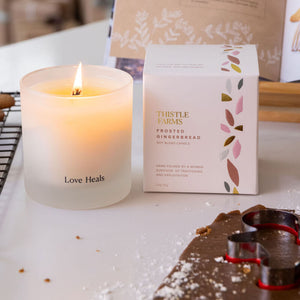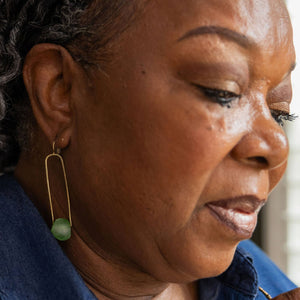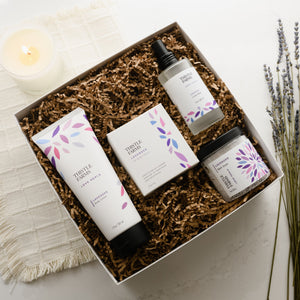Author Rachel Moran on Her Life as Prostituted Woman
When Rachel Moran’s memoir of her life as a prostituted woman (she doesn’t like the phrase ‘sex worker’), was published seven years ago, it was a sensation. Full of heartbreaking detail and blazing insight, The New York Times praised Paid For: My Journey Through Prostitution for its author’s striking and visceral writing. Back home, she appeared on numerous television programmes, including The Late Late Show. The success of the book, which was published in 18 countries, wrote a new chapter in the life of its author, who estimates that she was sometimes on “ 100 flights a year”.
Moran set up an organisation called Space (Survivors of Prostitution Abuse Calling for Enlightenment) International and spoke at conferences around the world on the abuses inherent in prostitution and the measures needed to protect women. She knew she would ruffle feathers, particularly since she challenged myths around the “institution” of prostitution (She has criticised Amnesty International, for instance, for its stance on decriminalisation). What Moran could perhaps not have anticipated was that she would be forced to defend herself against a defamation by another woman, who had also been a prostitute in Dublin during the same period that Moran was exploited.
Gaye Dalton alleged Moran had fabricated her life history and had never been a prostitute. These claims gathered momentum online, and were repeated and amplified by a prominent British writer and others.
“Journalists, civil servants, authors, social commentators with significant public platforms, some of them far larger than mine, were prepared to tweet and retweet and hurl their own interpretations of these allegations at me along with incessant questions, all of them alluding to the idea that I was a liar and a fraud and the fake,” Moran says.
Another prominent British journalist, Julie Bindel, wrote in The Spectator that she was “prevented from publishing a profile piece on (Moran) in a major British newspaper on the grounds that there were ‘murmurings about her authenticity’”. Reluctantly, and after great consideration, Moran took an action to defend herself.
Just over two years ago, a Circuit Court judge in Dublin ruled that the slurs against Moran were “untrue, offensive and defamatory” and Dalton was legally restricted from repeating them. Moran says that she wants “to be very careful not to monsterise (Dalton)” and points out that she was “sincere in her beliefs”.
“One thing that I didn’t know at the start, and I didn’t know for years, was that she was struggling with mental health difficulties (in a letter submitted to the court, Dalton’s psychiatrist described her as “ill” and asked the court for leniency on her behalf).” Moran feels that Dalton was “used” by people “who wanted to “shut me up”.
“It became clear very early on that wasn’t going to work. If I know what I’m saying is true and it has to be said, I don’t know how to shut me up, so best of luck to them.”
The vindication in court was just one part of a torrid few years that have brought both joy and sorrow to Moran. At an age that she imagined she would be a grandmother, 23 years after she gave birth to her first son, Adam, at 18, she had another child, a now 18-month old boy named Seán, who sleeps peacefully while we speak. She calls him “the glue that holds the patchwork of the family together in a way that nothing else could”. His birth came after a period she describes as her “ground zero”: two-and-a-half years ago, her house burned down.
“It was an extraordinary experience. I got out about two minutes or less before the windows blew out with the heat, so it was a very, very intense time. And I retrieved nothing but my mobile phone in the actual exit out of the house.” Her dog died in the blaze, and she lost everything she owned. She recalls going to the supermarket after it happened to buy breakfast cereal and had to return to the same shop later to buy a bowl and spoon. She explained to the girl behind the till that her house had just burned down. “I’ll never forget her reaction. She just could barely speak. She was just hit by such a bang of compassion that her eyes just filled up. And I thought, wow, isn’t that lovely? And there was a lot of that. I felt very impacted by the compassion of strangers at that time.”
That ability to see beauty in the toughest circumstances has gotten Moran through some of the bleakest times in her life. She recalls a moment as a preverbal toddler when, from her pram, she watched her older brother play amid upturned shopping trolleys and broken bottles while a technicolour sunset with “slashes of red and bursts of amber with deep yellow” lit up the sky above them. Later, as a small child, she would make her way to the Phoenix Park at dawn to soak up the peace and quiet. “If you’d asked me back then, ‘What’d you do that for?’ I would’ve said that it made me feel good, or something like that, because I hadn’t got the vocabulary or the understanding to know that it was actually a spiritual practice. I was introducing some element into my life that allowed me to cope with the day-to-day psychological onslaught, really, of living in that house.”
Moran grew up in abject poverty. On the housing estate where her family lived, Drumalee in Stoneybatter, her family were called “kn**kers”, which she wryly characterises as “the penny looking down on the ha’penny”. Her parents, she recalls, “had two very different personalities. My father was sick in the kind of way that was turned inward, whereas my mother was the polar opposite. All of her illness was projected outward, and it was very volatile. She was very angry, whereas my father was very melancholy and very depressed.”
In 1989, when Moran was just 13, her father took his own life. After that, her mother, who suffered from her own mental health issues, became more difficult to live with, and Moran moved into a hostel, before going to live on the streets. She recalls one winter’s morning at a park in Phibsboro, lying on a verge of grass which “simulated” a bed. There’d been a light frost in the night-time and it settled on my clothes and on the grass. And I remember my eyes opening and being struck by two things at the same time — how freezing I was and how beautiful it all looked.”
At 14, she was prostituted by her then-boyfriend, who, she recalls in her book, urged the first man to “take it easy on her, it’s her first time”. What followed was “years of grief and pain”, and her book is full of the gruesome details of the life she encountered. “Prostitution is not an idea,” she writes. “It is the mouth, the vagina, the rectum, penetrated usually by a penis, sometimes hands, sometimes objects, by one man and then another, and then another and then another and then another.”
She worked on the streets, and she contrasts this with the women today, who, in the main, are exploited in indoor settings. “I remember getting a slagging off the girls one night on the street. They were asking me had I come out for the fresh air because I turned down a few cars in a row, four or five. And I just wasn’t prepared to put myself in danger, as far as I could possibly avoid it. I couldn’t have made those choices down a phone line. You’re so hobbled when you’re in those [situations] in the sense of trying to protect yourself. The only thing you have to go on is tone of voice, and that’s assuming you’re the one answering the phone, which you often aren’t.”
As individuals, she sometimes pitied the men. “As a group, it would be far, far harder to pity them. I want to be very careful not to be doing any ‘bleeding hearts for the punters’ kind of routine. Because the reality of the carnage that they cause cannot be overstated.”
In her pain, she became addicted to cocaine. “You know, there were so many last straws there. You could make a bleeding bale of hay with them. I was physically collapsing where I was standing at times, because my body was so overloaded. I had a seizure one time where I was so close to death that it’s really rather amazing I came back at all.”
Through all of this, there was still inside her what singer Morrissey calls “a light that never goes out”. “I had that. I think everybody does. It’s not that the world extinguishes it, but the world can obscure it from your view.”
In 1998, after seven years of this hell, she got clean from drugs and left prostitution behind. She began attending Narcotics Anonymous meetings. “Being in a room with about 20 other people, and they were talking about their various different narcotic addictions and how far along the road of recovery they were. And I was looking around the room and I was thinking, okay, well it can be done. Here’s the evidence now, anyway.” She secured a place at Whitehall College of Further Education and learned to type. She had an article published in a British magazine in 1999 which she characterises as a turning point in her life. “It was a very significant thing. It was the first time in my life that I’d earned a bob doing the only thing I loved to do. And having every penny I’d ever earned up to that point, earning that from the last thing that I wanted to do.” She was accepted to study journalism in DCU. “That was unprecedented, literally, in our family. Nobody had been to third level before. Amongst myself, my siblings, my parents, my grandparents, it just hadn’t been done, so that was huge. I had a lot of confidence from that.”
Her book took 10 years to write. She says she’s “not proud” of her flinty composure during the blizzard of publicity that followed its publication. “But I’m glad I wrote the book. I’m glad I held my ground. I’m especially glad that I held my ground in interviews with interviewers who had political agendas. I wrote it from a place of fear. I worried about having a death-bed regret of never saying publicly what prostitution really is.”
She calls Brooke Magnanti, author of the decade’s other most notable memoir of prostitution, Belle de Jour: The Intimate Adventures of a London Call Girl, which was later adapted for the TV drama Secret Diary of A Call Girl, “a tourist in prostitution”. The book was, Moran says, “dangerous”. “I’ve been approached now by enough young women who told me about having gotten into prostitution on the back of the TV series that was put together on the back of her book. I’ve met women as young as 19 who’ve already been through prostitution and are trying to recover from their experiences because it had been presented to them as all about hotels and expensive champagne and dinner dates. This is the type of crap that women are being fed, and now they’ve got trauma that they’re going to need professional help for years to deal with, and trust issues with men that would probably never fully heal.”
She’s wary of presenting her own epilogue as “the Hollywood ending that everyone’s looking for”. At times, she has been immobilised by depression, and the last few years, including the legal issues, have taken their toll. “For me, it’s important to not be embittered to the point where it takes me away from myself. The last few years have been tumultuous, but having a baby shifts focus — you’re less inclined to engage with nonsense. I have a sense of peace and calm. And I think the future is filled with possibilities.”
